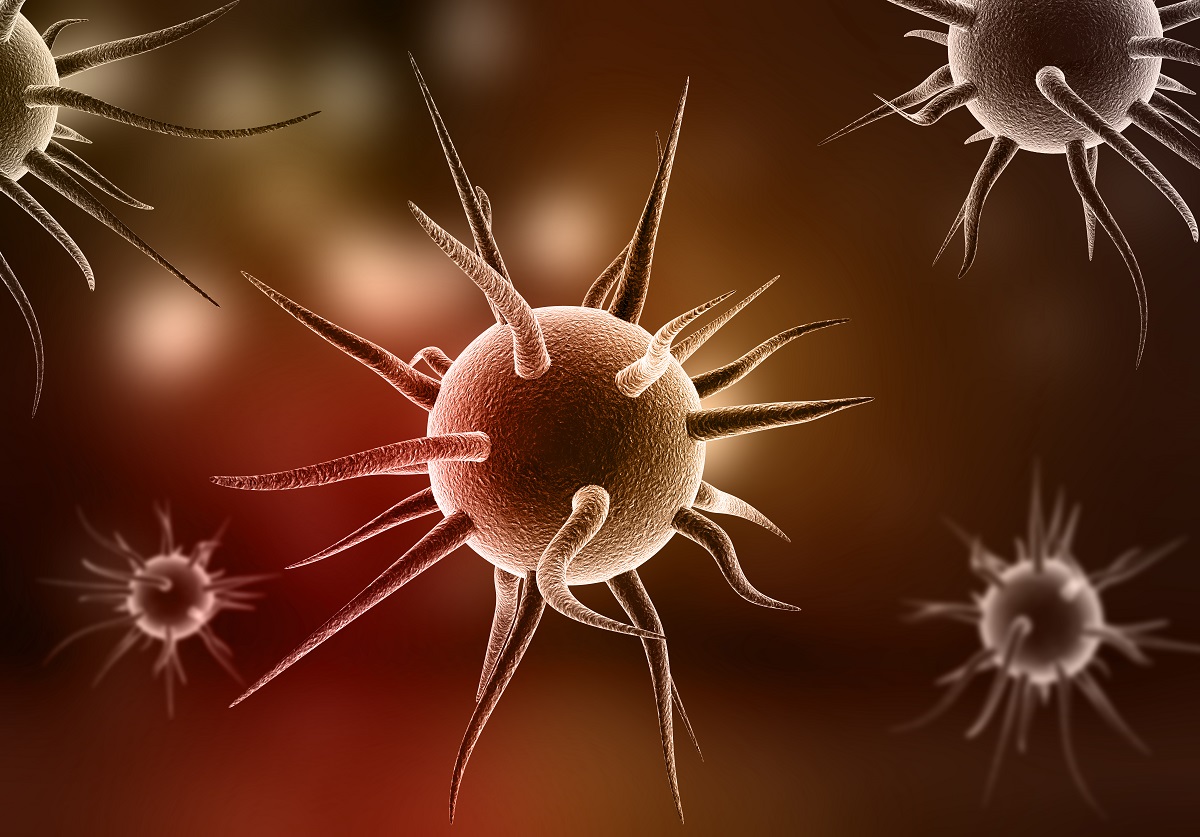KEY TAKEAWAYS
- The study aimed to evaluate the expression of TRPS1 in different breast cancer subtypes and its correlation with AR expression in TNBC.
- Researchers found TRPS1 to be a highly sensitive marker, inversely correlated with AR in TNBC.
Change Kong and the team aimed to investigate the expression of Trichorhinophalangeal syndrome type 1 (TRPS1) across various special types of breast carcinoma and evaluated its correlation with androgen receptor (AR) expression in triple-negative breast cancer (TNBC).
The study used immunohistochemistry to analyze TRPS1 expression in a large cohort of 801 breast cancer samples, including various histological subtypes. Additionally, the correlation between TRPS1 and AR expression was assessed in 969 TNBC cases.
About 801 special types of breast cancers were stained with TRPS1. TRPS1 was found to be positive in 100% (63/63) of mucinous carcinoma cases, 100% (7/7) adenoid cystic carcinomas (including 4 classic adenoid cystic carcinomas and 3 solid-basaloid adenoid cystic carcinomas), 100% (4/4) tubular carcinomas, 100% (2/2) secretory carcinomas, and 99.59% (243/244) invasive lobular carcinomas.
Additionally, TRPS1 was positive in 99.26% (267/269) of invasive micropapillary carcinomas, 97.44% (38/39) ER-positive neuroendocrine tumors, 94.44% (34/36) metaplastic breast carcinomas (MBCs), and 63.73% (65/102) apocrine carcinomas. TRPS1 expression was absent in all triple-negative neuroendocrine carcinomas (0/7). TRPS1 positivity was also observed in 92.86% (26/28) of metastatic special types of breast cancer.
TRPS1 and AR expression were evaluated in 969 cases of TNBC, with 90.40% of cases testing positive for TRPS1, while 42.41% were positive for AR. A significant inverse correlation between TRPS1 and AR expression was demonstrated in TNBC (P < .001). Notably, TRPS1 exhibited a higher positive rate (93.13%) in TNBC compared to GATA binding protein 3 (GATA3), gross cystic disease fluid protein 15 (GCDFP-15), and forkhead box transcription Factor C1 (FOXC1).
The study concluded that TRPS1 is a highly sensitive marker for most special types of breast carcinoma. Additionally, TRPS1 expression was inversely correlated with AR expression in TNBC, suggesting a potential role in the biological behaviour and clinical management of this aggressive subtype.
No funding was received.
Source: https://pubmed.ncbi.nlm.nih.gov/39243111/
Kong C, Yu B, Bi R, et al. (2024). “TRPS1, a sensitive marker for different histological and molecular types of breast cancer.” Diagn Pathol. 2024;19(1):121. Published 2024 Sep 6. doi:10.1186/s13000-024-01542-w



